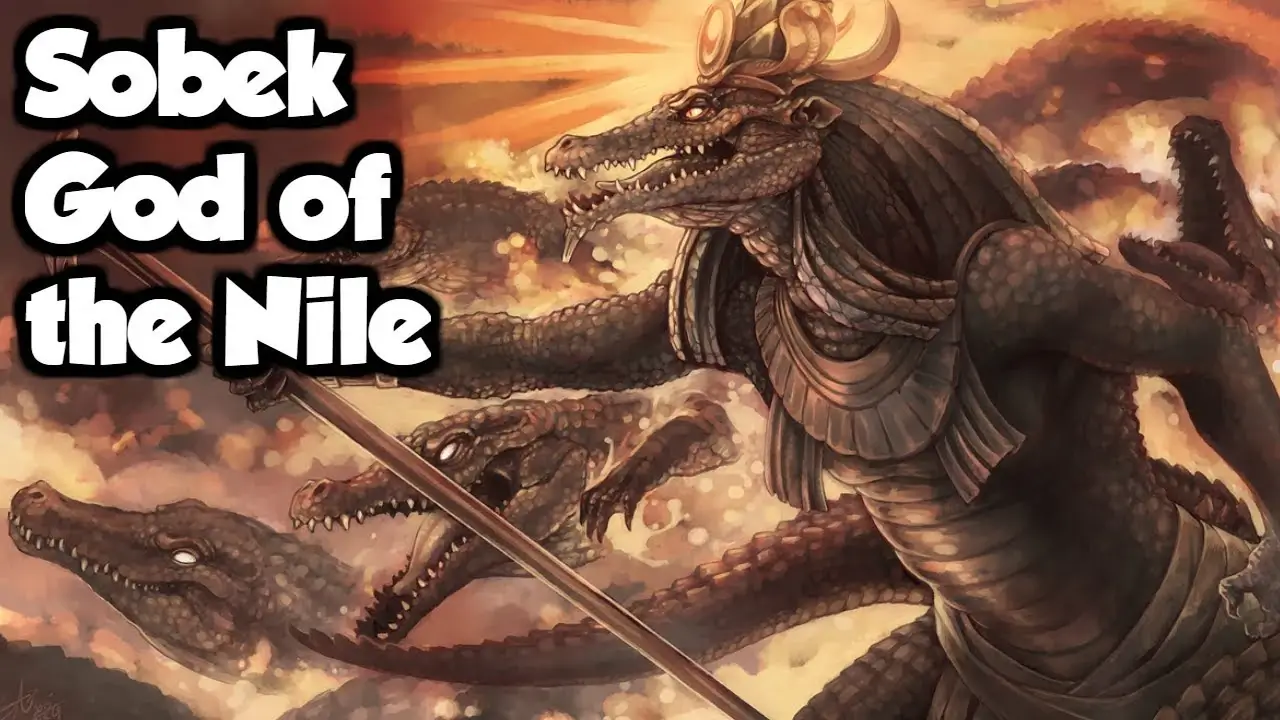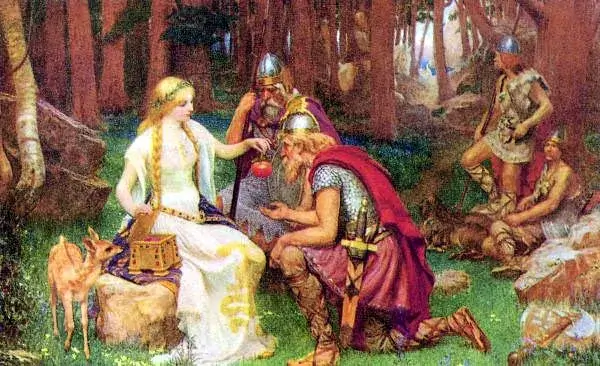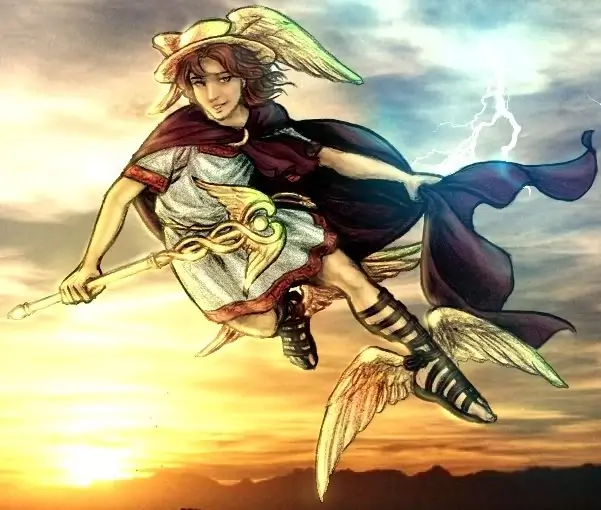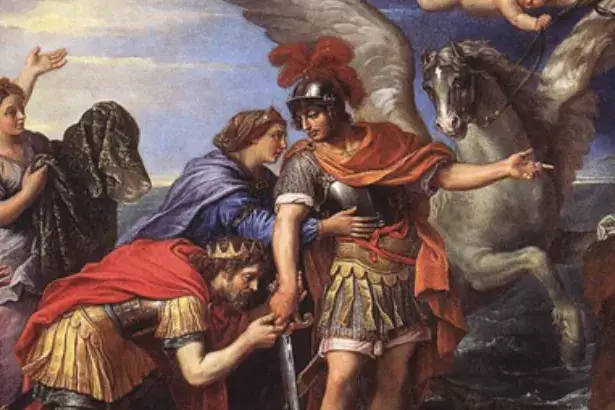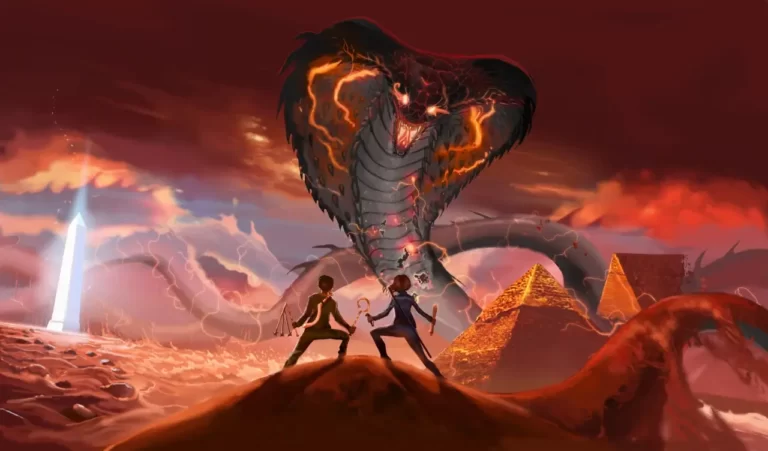Sobek in Egyptian Mythology — Lord of the River Nile & Crocodiles
Egyptian mythology is full of fascinating gods, goddesses, and characters who have shaped the history of Egypt for thousands of years. One such character is Sobek in Egyptian Mythology, the crocodile-headed god of strength and protection. In this blog post, we’ll explore Sobek’s mythological origins and look at how he has been portrayed in Egyptian art throughout the ages.
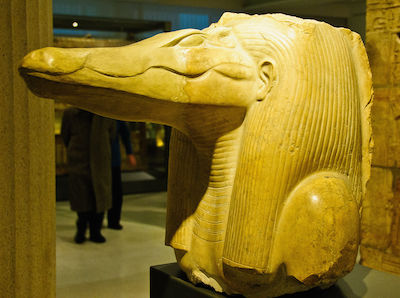
Origins of Sobek
Sobek is an ancient Egyptian deity with roots dating back to the Old Kingdom. He was worshipped as a god of fertility, military prowess, and protection of Pharaohs. His origins lie in the primeval waters of the Nile and he is often depicted with a crocodile head.
He was believed by some sects to have created order in the universe when he arose from the “Dark Water” and was thought to be responsible for creating the Nile River itself. In Fayyum province, Sobek had a chief sanctuary which became an important site for worshipers.
Sobek was seen as a powerful protector, especially amongst Egyptian armies who praised him for his strength and courage in battle. His association with water also made him a god of fertility; believed to bring abundance and prosperity to those who worshipped him. He was often depicted standing on top of two crocodiles, representing his control over them – something that would have been more than admired by those living near dangerous rivers or swamps inhabited by them.
Though feared by many, Sobek remains an integral part of ancient Egyptian mythology today – offering strength and protection to those who remember him.

The Role of Sobek in Ancient Egyptian Culture
Sobek, or Sebek, was an important figure in Ancient Egyptian culture. He was the crocodile god associated with the Nile River, fertility, and power. The Egyptians believed Sobek created order in the universe when he arose from the “Dark Water” and that he was responsible for creating the Nile River. He was often depicted as a crocodile head or a man with a crocodile’s head, and his main sanctuary included a large lake full of sacred crocodiles. He was also thought to be a messenger of other gods such as Isis and Horus, who were both often given credit as kings of gods.
Sobek had strong ties to the Nile River and its destruction-renewal cycle which provided sustenance for Ancient Egypt’s people. The inundations of the Nile were seen as miraculous acts by Sobek which brought life-giving water to crops and allowed for trade between cities along its banks. His cult grew in popularity over time until it reached its peak during Greco-Roman times when he was worshipped alongside Isis throughout Egypt.
The role of Sobek in Ancient Egyptian culture is still evident today through his representation of monuments, artifacts, paintings, carvings, and more which show how important he once was to their civilization. Despite changing beliefs throughout history, his worship has endured into our modern times – though now we view him more as an ancient figure than an active deity like before. In any case, there is no denying that Sob

Sobek’s Symbols and Representations
Sobek is an ancient Egyptian god who is often represented by a crocodile or a man with the head of a crocodile. He was venerated across ancient Egypt and was known as a powerful and frightening deity. He was associated with water, fertility, protection, and power. In his animal form, he symbolized strength, virility, and fertility.
Sobek’s name meant simply “crocodile” in the ancient Egyptian language and he is mentioned in the Pyramid Texts which are inscribed on the walls of temples. In these texts, he is described as being the lord of Ombos and home to Horus the elder. During the Middle Kingdom period, two textual sources added insight into Sobek’s role which suggested that Pharaoh Amenemhet III worshipped this god.
Sobek was seen as a protector of both the pharaohs and their armies so his symbols were used for protection as well as for fertility purposes among Ancient Egyptians. He continues to be venerated by modern-day followers of Kemetism who continue to celebrate him in their rituals.
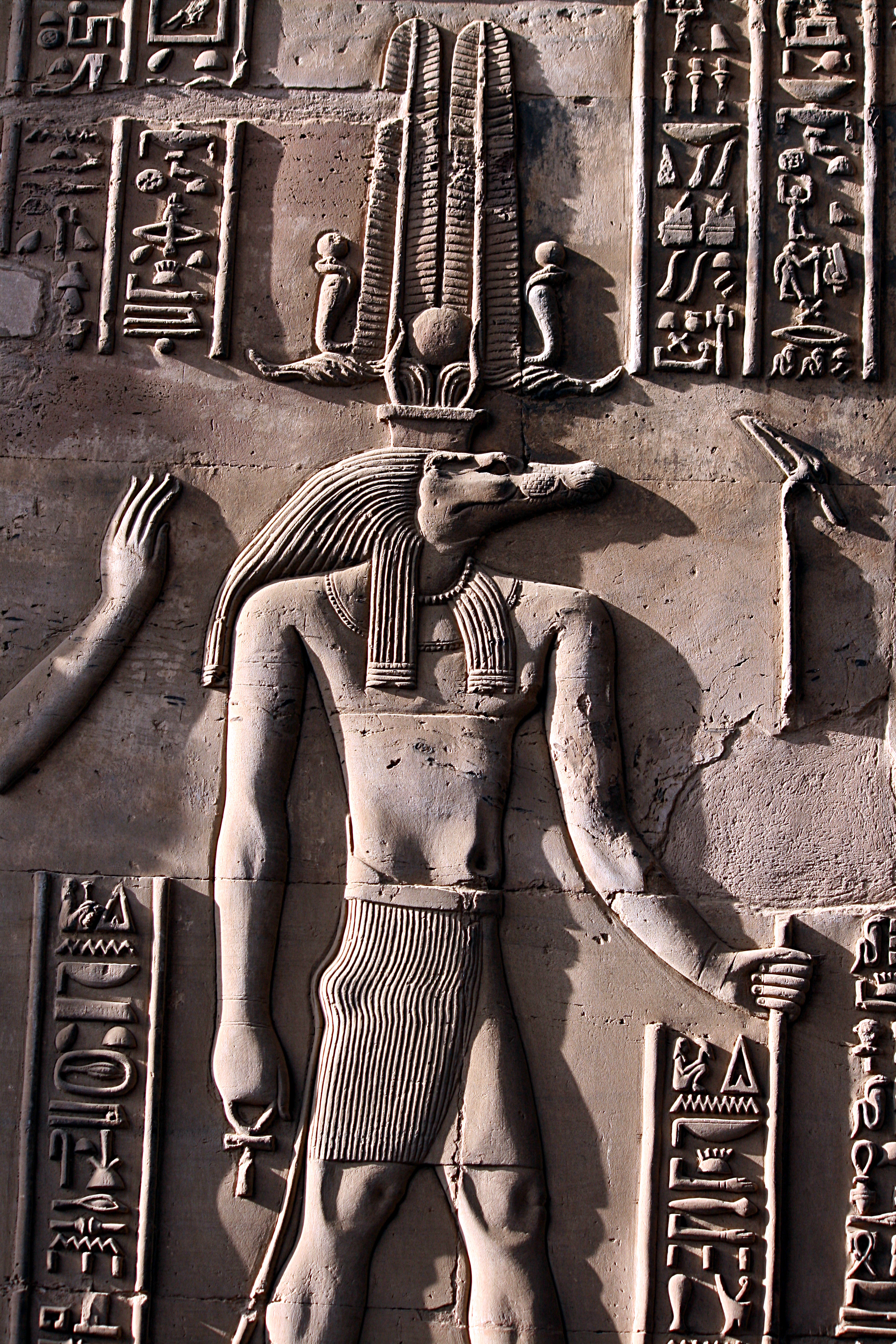
The Cult of Sobek
The Cult of Sobek was an ancient Egyptian religion that revolved around the worship of the god Sobek. He was believed to be a powerful creator and protector deity, with many temples and shrines built in his honor throughout Egypt.
Sobek was represented by a human body with the head of a crocodile, and he was associated with fertility, water, and protection. People believed he had control over the waters of the Nile River, as well as power over soil fertility. Ancient Egyptians also feared him for his strength and virility, making offerings to appease him.
The cult of Sobek dates back to at least the reign of King Narmer in Ancient Egypt’s First Dynasty. Inscriptions from this period show crocodiles facing a distinctively shaped shrine that later became known as Sobki or Coptic: Ⲥⲟⲩⲕ (romanized: Souk). Later on, some sects even believed Sobek created order in the universe after arising from “Dark Water”.
The Rosicrucian Egyptian Museum Explore Deities section states that Sobek is mentioned in Pyramid Texts—a collection of ancient Egyptian religious texts inscribed on walls—as one of their oldest named deities. The temple located in Fayyūm province served as his chief sanctuary where people offered sacrifices to please him or receive his blessing from priests wearing replicas of his headdress.
The Cult of Sob

Sobek’s Transformations
Sobek was an ancient Egyptian deity with a complex and elastic history. He was depicted with the body of a man and the head of a crocodile, often wearing a crown with solar disk and plumes. It is believed that Sobek transformed into Pharaoh such as Horus to protect them from danger.
Sobek first began to be worshipped during the Middle Kingdom of Egypt, where he was known as “Sobek of Shedet-Re-Horus, the powerful god”. His cult spread across 52 towns in Egypt, becoming one of the most important gods in Egypt during ancient times. He became known for being a protector of Pharaohs and ruler over warriors, which led him to become associated with military power.
His closest tie is said to be Seth/Khnum and Neith, while his siblings include Apophis/Apep – who represented chaos – and Taweret – who later became Sobek’s wife. Tawaret was an important hippopotamus goddess in Ancient Egyptian mythology who presided over childbirth and fertility.
The cult of Sobek has been studied extensively in Ptolemaic and Roman times due to its importance in Ancient Egyptian culture. This research has shown that Sobek was an incredibly influential deity who protected Pharaohs through his transformation into deities like Horus.

Sobek and the Nile River
Sobek, the ancient Egyptian crocodile god of the Nile, was an important deity in the pantheon of Ancient Egypt. He was known by many names including Sebek, Sebek-Ra, Sobeq, Sochet, Sobki, and Sobek. In Ancient Egypt, he was associated with both power and fertility due to his connection to the Nile River.
Sobek’s origins are in Nun or Nu — a primeval watery abyss from which all life is believed to have come forth. It is said that from this watery abyss Sobek emerged and created the world as well as made the Nile River from his sweat. Additionally in funerary Pyramid Texts, he is one of the oldest deities mentioned.
In Ancient Egyptian mythology, it was believed that Sobek laid eggs on the bank of Nun which then created all life on earth. Due to this belief, he became associated with fertility and abundance as well as power due to his connection with rivers and life-giving waters such as those found in Nun or Nu.
Apart from these beliefs, Sobek has also seen as a protector of Pharaohs during battles and journeys where he would defend them against evil forces or guide them throughout their travels along waterways or through dangerous lands. He also became known for being “Lord of Waters” – protecting not only pharaohs but also those who lived by rivers such as fishermen who supposed him for protection when working their trades near rivers.
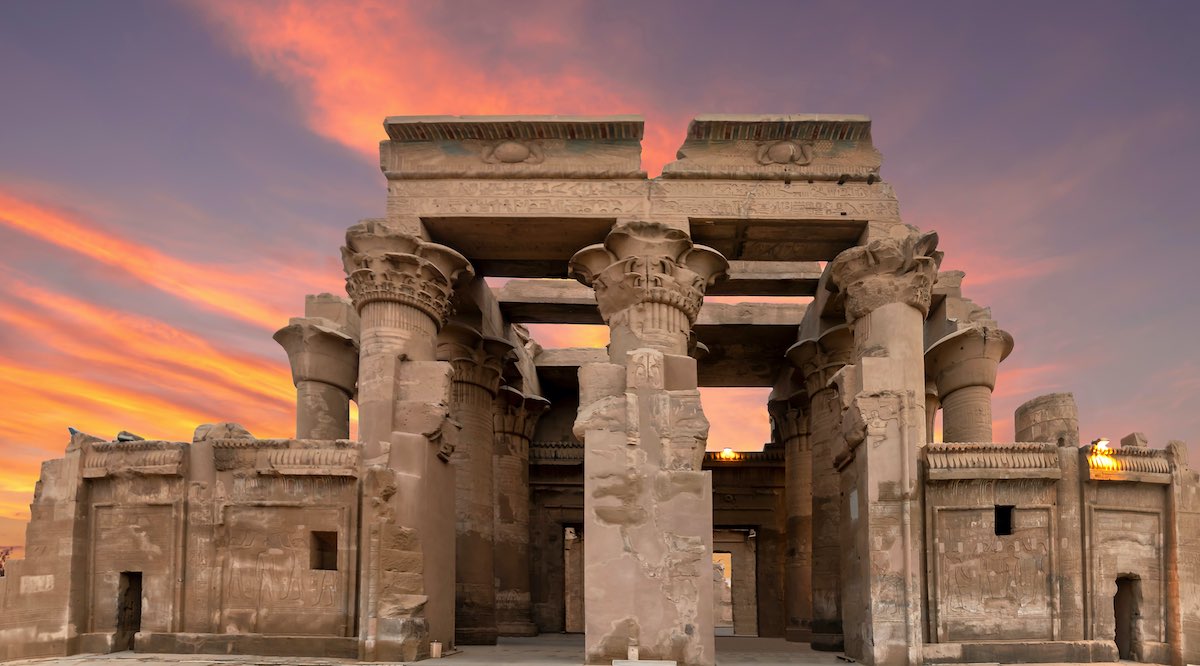
Temples Dedicated to Sobek
In Egyptian mythology, Sobek was an ancient god of water, fertility, and protection. He was associated with the Nile, a major source of life in Egypt, and was represented as a crocodile or a man with the head of a crocodile. He was one of the most important gods in Egyptian religion and many temples were dedicated to him throughout the country. The most famous temple dedicated to Sobek is located in Kom Ombo at the banks of the Nile River. This Greco-Roman temple honors both Sobek and Horus, another important deity who appears as a falcon-headed man. In this temple, visitors can see mummified crocodiles that were believed to be manifestations of Sobek himself. Other important temples dedicated to this god are located in Fayuum and Pa-Sabek where he is venerated as Soknebtunis by Ptolemy I (305–285 BCE). These temples show how Sobek remained an important figure in Egyptian culture throughout time.

Worship Practices Involving Sobek
In Egyptian mythology, Sobek was an ancient crocodile god of strength and power. He was worshipped across Egypt by many names, including Sebek, Soknebtunis, Souxei, Sokonnokonni, Pnepheros, and Petsuchos. He was often represented with a crocodile head and green skin to symbolize his power and might.
The people of ancient Egypt believed that appeasing Sobek would ensure the fertility of their people and crops as well as protect them from danger. This is why mummified crocodiles have been found in many Egyptian tombs. Additionally, temples dedicated to Sobek have been established throughout the country for centuries, such as those in Kom Ombo and Crocodilopolis (now known as Faiyum).
In traditional worship practices involving Sobek, offerings were made to him such as jewelry or food items which were placed in small baskets or on altars. In some cases prayers were said while pouring water onto a statue of the god or at the edge of a river or lake – this act was done to ask for protection from both him and the crocodiles that inhabited these places. Moreover, some myths involve Sobek rescuing Horus’ sons when they were found in water as lotus blooms – this story highlights his role as a protector deity who could use his strength for good purposes.
Overall, Sobek is an important figure within Egyptian mythology who represents strength

Connections to Other Gods and Goddesses
Sobek, the ancient Egyptian deity of the Nile, was a powerful and complex figure in Egyptian mythology. He was connected to cults of other gods such as Osiris and Amun, and especially to the sun god Ra when in the form of Sobek-Ra. His chief sanctuary in Fayyūm province included a lake full of crocodiles, which were considered sacred by many Egyptians.
Sobek is believed to have been linked with fertility and life-giving powers, due to his connection with both the Nile River and crocodiles. He was seen as a protector, protecting against enemies or any harm that might come from water or crocodiles. The ancient Egyptians believed that appeasing him could bring them good fortune from both land and sea.
In addition to his connection with other gods, Sobek also had an important relationship with goddesses such as Taweret (goddess of childbirth) and Renenutet (goddess of fertility). This further exemplifies his strong ties with fertility in Egyptian culture. Furthermore, it is believed that he could shape-shift into other animal forms such as snakes or hawks when necessary.
Overall, Sobek played an important role in ancient Egyptian mythology through his connection with nature and other gods/goddesses. He was widely revered among many Ancient Egyptians for his protective powers over their land and people.

Sacrifices to Please Sobek
In Egyptian mythology, Sobek was an important deity worshiped from the Old Kingdom to the Greco-Roman period. He was typically depicted with a crocodile head and was believed to have magical powers that could protect people from harm and evil forces. As such, many sacrifices were made in his name to appease him and ensure the fertility of their people. Offerings included mummified crocodiles as well as other items such as food, jewelry, coins, and incense. People also prayed to Sobek to ask for his protection against death and danger. The croc god’s influence even extended into animal husbandry – archaeologists have found evidence suggesting that ancient Egyptians bred Nile Crocodiles specifically for mummification purposes. Ultimately, sacrifices made to Sobek showed the people’s faith in his powers and their belief that he could bring them safety and prosperity.
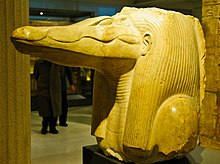
The Mummification Process of Sobek
Sobek was an important deity in ancient Egyptian religion and mythology. He was associated with the life-giving Nile, fertility, and crocodiles. Ancient Egyptians believed that Sobek could bring them good fortune and protection, so they venerated him through religious rituals.
The mummification process of Sobek was a very important part of his worship. After death, the corpses of crocodiles were carefully prepared for mummification. This involved removing organs, stuffing the body with natron (a type of salt) to dry it out, adding resin to preserve it, and wrapping it in linen bandages. The mummies of Sobek were then placed in tombs or temples as offerings to this powerful god.
Sobek’s cult lasted from the Old Kingdom until the late Ptolemaic period when he gradually fell out of favor with worshippers due to increasing competition from other gods such as Isis and Osiris. Nonetheless, he remains an important figure in Egyptian mythology today, remembered for his power over life-giving water sources and his connection with the underworld.

Depictions in Artwork and Hieroglyphics
Sobek, also known as Sobki or Souk in Coptic, was an ancient Egyptian deity with a complex and dynamic history. He was the crocodile god and held responsibility for the Nile River in hieroglyphs. His name simply translates to ‘crocodile’. He was worshipped from the Old Kingdom through to the Roman Period of Egypt’s history.
Sobek is often depicted in artwork and hieroglyphics throughout Egypt’s civilization due to its strong religious background. Images of him appear in Kom Ombo temple carvings in Aswan, on Anubis sculptures, and various figurines. In the Book of Fayum, Sobek is represented by multiple images of crocodiles but he isn’t always distinguished as the god himself. Additionally, there are several stock photos and graphic resources which feature hieroglyphics related to Sobek that can be found online.
Overall, Sobek is an important figure within Egyptian mythology due to his influence over the Nile River and its importance within Egypt’s culture.

Modern-Day Relevance of the God of Crocodiles
Sobek, the god of crocodiles, is an important figure in Egyptian mythology. He was a son of the goddess Neith and a symbol of power and fertility. He was associated with the River Nile and its inhabitants, the crocodiles. The Ancient Egyptians believed that Sobek was responsible for creating life by controlling the waters of the Nile.
Sobek also had many different roles in Ancient Egyptian culture, such as being associated with fertility and professionalism in the military. His physical form was that of a crocodile-headed being, often depicted with green skin to represent his connection to vegetation. He was also worshipped as Lord of Faiyum and it has been suggested that he may have been identified as “the god of Pharaoh” in Abrahamic texts.
Today, we can still see Sobek’s influence on modern culture even though his worship is not practiced anymore. For example, modern-day references to Sobek can be found in popular films like Walt Disney’s The Prince of Egypt which depict him as an antagonist who threatens to drown Moses after hearing God’s commandment from him. Other references include popular games like Civilization VI which feature him as one of their gods when playing on a map based on ancient Egypt or books like Rick Riordan’s Percy Jackson series which features him prominently throughout its plotlines.
The significance of Sobek within Egyptian mythology continues to resonate through modern culture today, making it clear that this deity still holds great importance
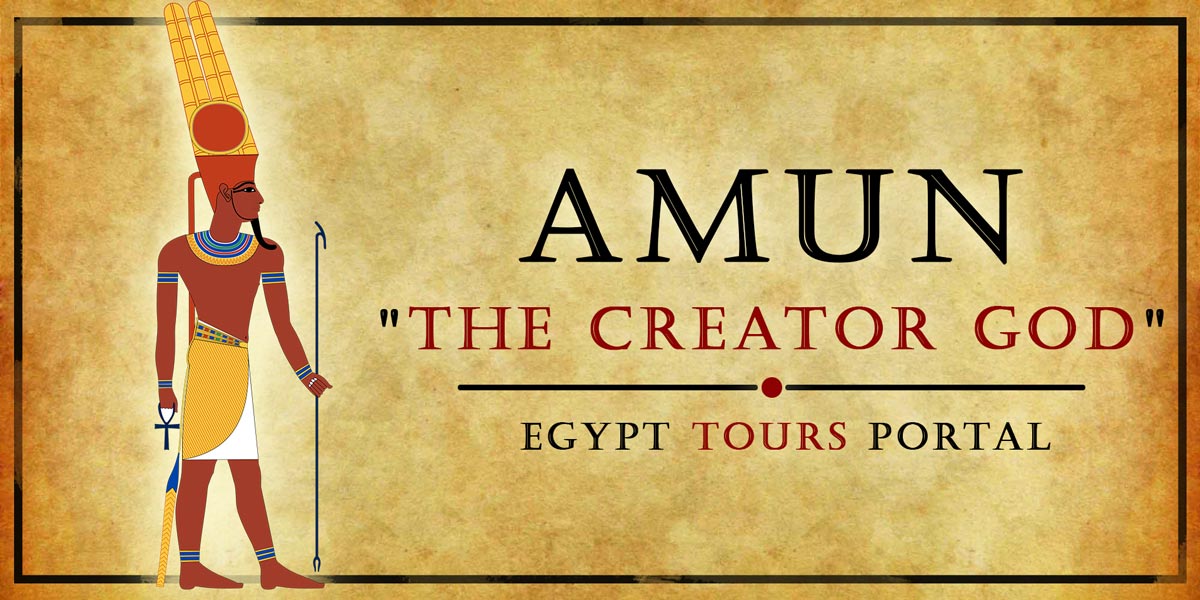
Conclusion
Sobek was an important deity in ancient Egyptian mythology. He was associated with the Nile River, fertility, and military prowess. His power was manifested as a crocodile god, representing both the life-giving and destructive aspects of nature. Sobek’s powers extended beyond protecting people from the sudden attacks of crocodiles; he also protected Pharaohs and was associated with hymns of praise. Throughout his history, Sobek has been revered as an important figure in Egyptian culture and religion, embodying the powerful forces of nature that Egyptians worshipped.
